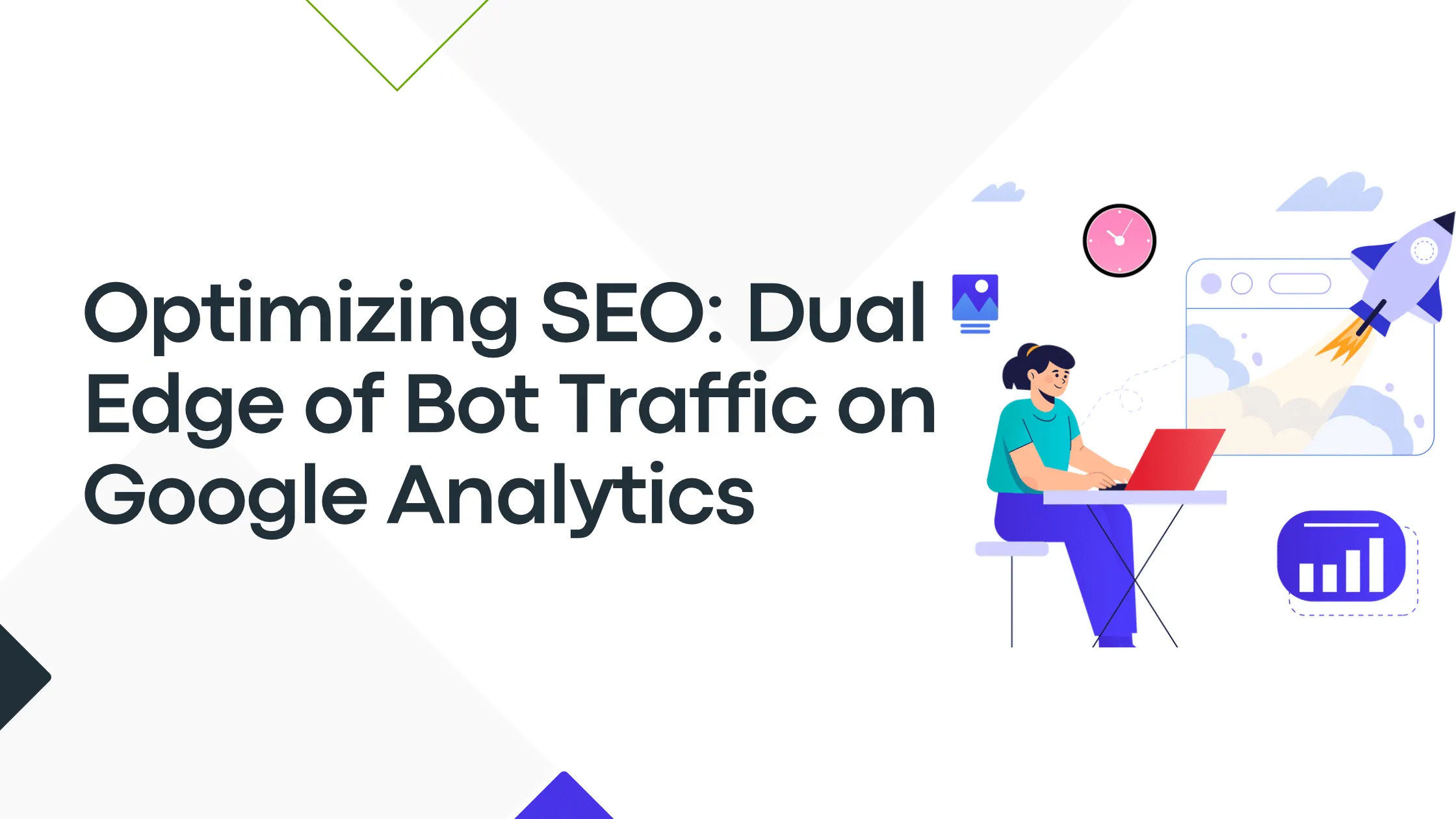As search engines become more sophisticated and the digital landscape ever-evolving, the strategies employed by SEO specialists and digital marketers must also adapt.
One of the more nuanced tools coming into play is the use of a traffic bot . While the term might conjure notions of unethical digital practices, when executed correctly and ethically, traffic bots can provide unique insights into website performance and SEO efforts.
Understanding Traffic Bot
Traffic bot refers to non-human traffic generated by automated scripts or programs designed to visit websites.
This type of traffic isn't inherently "bad" or "good"; its impact is determined by the intent behind its generation and how it's managed.
Recognizing how a traffic bot interacts with Google Analytics can unlock new dimensions in optimizing a website's SEO and overall digital strategy.
Potential Benefits of Ethically Managed Traffic Bot
1. Site Performance Testing
Before diving into how traffic bots can influence Google Analytics, it's crucial to address one of its most beneficial applications: site performance testing.
By simulating high volumes of traffic, SEO specialists can stress-test a website's infrastructure, identifying potential bottlenecks and areas for improvement.
While these interactions might initially skew analytics data, they offer invaluable insights into a site’s capacity to handle real user traffic spikes.
2. SEO and Content Strategy Insights
Bot traffic, when labeled and filtered correctly in Google Analytics, can help delineate which areas of a website are most engaging or identify potential SEO weaknesses.
For instance, automated bots programmed to behave like visitors from a specific demographic or geographic location can help test how well a site's SEO is targeted toward its intended audience.
Impact on Google Analytics
Traffic bots can significantly impact Google Analytics metrics, both positively and negatively, depending on how it's managed.
1. Skewed Data
Unidentified and unfiltered traffic bots can lead to skewed analytics data. Increased bounce rates, altered session durations, and inaccurately inflated or deflated user counts can all result from unrecognized traffic bots.
This skewed data can lead to misguided strategic decisions, negatively impacting a site’s SEO and user experience strategy.
2. Data Filtering and Management
The vital to leveraging traffic bots effectively lies in identifying and filtering them within Google Analytics.
Google Analytics offers tools and configurations to exclude known bots and spiders from dataset reports. Beyond these built-in filters, SEO specialists can use Google Analytics to create custom segments that isolate traffic bots, enabling an analysis that distinguishes between human and non-human interactions.
3. Ethical Considerations
When deploying bots, ethical considerations must guide their usage.
Respecting robots.txt files, avoiding any form of data sabotage or competition undermining, and ensuring bots do not impersonate human interactions in malicious ways are foundational ethical guidelines to follow.
Mismanagement or unethical use of bots not only risks Google Analytics penalties but can also damage a site's reputation and rankings.
Best Practices for Managing Traffic Bots in Google Analytics
1. Regular Audits and Monitoring
Frequent audits of Google Analytics data are essential. Monitoring for spikes in traffic that could indicate bot interactions or unexpected shifts in user behavior metrics can help in the timely identification and filtering of traffic bots.
2. Utilizing Custom Dimensions
SEO specialists can implement custom dimensions in Google Analytics for more granular tracking of traffic sources.
By tagging traffic bots intentionally generated for testing or optimization, specialists can more accurately isolate their impact and gather insights without disrupting the integrity of the overall data.
3. Engagement with Google's Bot Filtering
Google Analytics provides options to exclude all hits from known bots and spiders, a simple yet effective first line of defense.
Further, using CAPTCHA systems and interaction checks can help differentiate humans from traffic bots, ensuring cleaner, more accurate data collection.
The Future of Traffic Bot and SEO
Looking forward, the role of traffic bots in SEO and digital marketing will continue to evolve.
As search engines enhance their algorithms and the digital landscape shifts, so too will the strategies employed by SEO specialists.
Ethical, well-managed traffic bot offers a unique lens through which to view and improve site performance, user engagement, and overall SEO effectiveness.
In conclusion, a traffic bot is a double-edged sword. Managed poorly, it can skew analytics data and lead to misguided SEO strategies.
However, when identified, filtered, and leveraged ethically, it can provide deep insights into website performance and user engagement.
As SEO specialists, our role is to navigate this nuanced landscape thoughtfully, ensuring that our strategies not only boost search rankings but also foster a better web ecosystem for all users, human and bot alike.
Loading comments...








